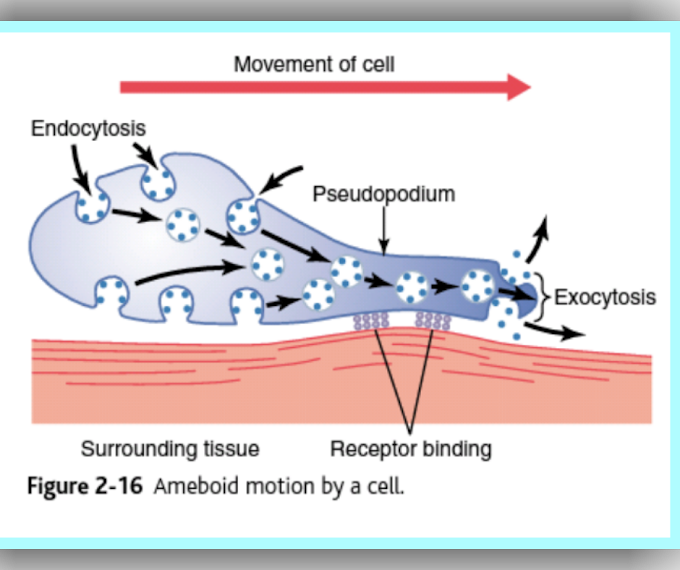Few people realize that there are far more kinds of parasitict than nonparasitic organisms in the world. Even if we exclude viruses and rickettsias, which are all parasitic, and the many kinds of parasitic bacteria and fungi, parasites are still in the majority. The bodies of free-living plants and animals representr environments, which have been colonized innumerable times throughout evolutionary history. In general the parasitic way of life is so successful that it has evolved independently in nearly every phylum of animals, from protistan phyla to arthropods and chordates, as well as in many plant groups. Organisms that are not parasites are usually hosts. Humans, for example, can be infected with more than a hundred kinds of flagellates, amebas, ciliates, worms, lice, fleas, ticks, and mites. It is unusual to examine a domestic or wild animal without finding at least one species of parasite on or within it. Even animals reared under strict laboratory conditions are commonly infected with protozoa and other parasites. Often the parasites themselves arehosts of other parasites.
The relationships between parasites and hosts are typically quite intimate, biochemically speaking, and it is a fascinating, often compelling task to explain just why a species of parasite is restricted to one or a few host species. It is no wonder that the science of parasitology has developed out of efforts to understand parasites and their relationships with hosts.
RELATIONSHIP OF PARASITOLOGY
TO OTHER SCIENCES
The first and most obvious stage in the development of parasitology was the discovery of parasites themselves. Descriptive parasitology probably began in prehistory. Taxonomy as a formal science, however, started with Linnaeus’s publication of the 10th edition of Systema Naturae in 1758. Linnaeus himself is credited with the description of the sheep liver fluke, Fasciola hepatica, and over the next 100 years many common parasites, as well as their developmental stages, were described. The discovery and description of new parasite species continues today, just as does the description of new species in almost every group of organisms. Although biologists have a massive “catalog” of Earth’s biota, this list is far from complete. Indeed, basedo the rate of new published descriptions, scientists estimate that humans are destroying species faster than they are discovering them, especially in the tropics. There is every reason to believe this generality applies to parasites as well as butterflies.
Today systematists rely on published species descriptions, as well as on studies of DNA, proteins, ecology, and geographical distribution, to develop phylogenies (singular, phylogeny), or evolutionary histories, of On the practical side, an epidemiologist may need to understand sociological and political factors, climate, local traditions, and global economics, as well as pathology, biochemistry, and clinical medicine, to devise a scheme for controlling parasitic infections.
When people became aware that parasites were troublesome and even serious agents of disease, they began an effort to heal the infected and eliminate the parasites. Curiosity about routes of infection led to studies of parasite life cycles; thus it became generally understood in the last part of the 19th century that certain animals—for example, ticks and mosquitoes—could serve as vectors that transmitted parasites to humans and their domestic animals. Asm and more life cycles became known, parasitologists quickly realized the importance of understanding these seemingly complex series of ecological and embryological events.
It is naive to try to control an infection without knowledge of an infectious agent, in this case a parasite, reproduces and gets from one host to another.
Parasite biology does not differ fundamentally from biology of free-living organisms, and parasite systems have provided outstanding models in studies of basic biological phenomena. In the 19th century van Beneden described meiosis and Boveri demonstrated the continuity of chromosomes, both in parasitic nematodes. In the 20th century refined techniques in physics and chemistry applied to parasites have added to our understanding of basic biological principles and mechanisms. For example, Keilin discovered cytochrome and the electron transport system during his investigations of parasitic worms and insects.26 Today biochemical techniques are widely used in studies of parasite metabolism, immunology, and chemotherapy. Use of the electron microscope resulted in many new discoveries at the level. The techniques of modern molecular biology have contributed new diagnostic methods and new knowledge of relationships between parasites,17, 30 and they offer much hope in the development of new vaccines. Certain parasitic protozoa (for example, trypanosomes) today serve as models for some of the most exciting research in molecular genetics and gene expression.5, 14, 29
Historically centered on animal parasites of humans and domestic animals, the discipline of parasitology usually does not include a host of other parasitic organisms, such as viruses, bacteria, fungi, and nematode parasites of plants.Thus, parasitology has evolved separately from virology,bacteriology, mycology, and plant nematology. Medical entomology, too, has branched off as a separate discipline, but it remains a subject of paramount importance to parasitologists, who must understand the relationships between arthropods and the parasites they harbor and disperse.






0 Comments